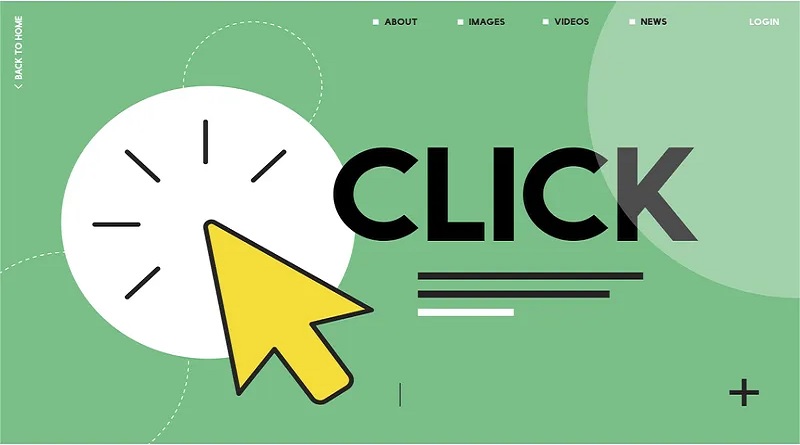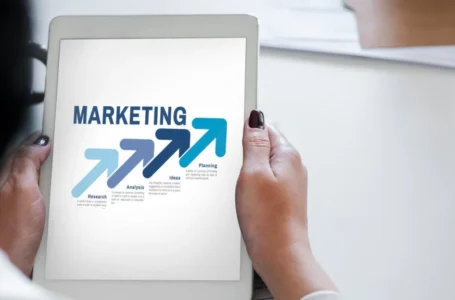How to improve your email click-through rate

Have you spent a long time crafting your email? Here’s how to enhance your email’s click-through rate by optimising it.
Email marketing is one of the best ways to reach and connect with supporters, volunteers, and fundraisers. You don’t control their data, and you have no idea what they’re interested in, even if you have tens of thousands or hundreds of thousands of social network followers. Because you own the data, your email lists are extremely valuable. People who have deliberately opted in to hear from you are receptive to your emails. Having said that, this does not imply that your emails will always be opened, read, and responded to.
What does ‘click-through rate’ mean?
A click-through rate (CTR) is the percentage of people who clicked on a link within your email, about how many emails were sent. It’s an engagement metric as, by clicking the link, they are taking an active and engaging with your content.
What’s a good CTR?
Benchmarks differ, however the average CTR for non-profits is 2.79 percent in Mailchimp’s Email Marketing Benchmarks (last updated in 2019) and 2.7 percent in Campaign Monitor (updated in 2021). If your CTR is greater than 2.7 percent, you are outperforming the average. While industry standards are useful, it is preferable to compare yourself to previous campaigns. Consider how you can optimise your emails to increase your CTR to 4%, and so on, if you’re getting a 3.2 percent CTR.
Tips to improve your click-through rate
SEGMENT YOUR LISTS
It’s critical to divide your email lists because not everyone on your list is interested in everything you do. The more targeted your audience, the more likely they are to open and click on the links in your email.
IMPROVE YOUR SUBJECT LINE
To improve your CTR, you first need people to open your email. Making ensuring you have a short, compelling subject line is one approach to assure a higher open rate. According to OptinMonster, 47 percent of receivers open an email based purely on the subject line, and 69 percent report email as spam based solely on the subject line, making it a crucial aspect in email marketing. Because most people open emails on their phones, the subject line should be optimised for mobile, which means it should be no more than nine words or 60 characters long. Ensure that people know what to expect when they open your email. Don’t try to be too cryptic or mysterious – people are busy, and they just want to know what the email is about.
ADD PREVIEW TEXT
24 percent of individuals look at the preview text before opening an email, according to Litmus. You may use preview text to elaborate on your subject line and give the reader a little more information about what they can expect. Make sure to provide preview text in your emails to encourage people to open them.
ENSURE YOUR FORMATTING IS SPOT-ON
Since most people read email on their mobile, it’s crucial that your email is optimized for mobile and that your email template is mobile responsive. But there are other formatting areas to consider improving, such as:
- Make sure your email isn’t too text-heavy. Have paragraphs and add sub-headings to make it easier for the reader to scan
- If you’re adding video or images, make sure that they are not too large and that they are formatted correctly. Images should also only be used as an aesthetic, not for providing key information as some networks will block them
HAVE ONE CALL TO ACTION
You should only ask the recipient to do one thing when sending an email. So think about what your email’s goal is – if it’s to persuade people to join up for a challenge, that should be the entire focus of the email, with only one call to action to sign up. Don’t include a donation request as well. Add your call to action towards the top of the email as a best practise. Because many individuals won’t read your entire email, you’ll miss out on a lot of clicks if you only put your call to action at the bottom. It should be near the top of the email and repeated throughout. The give button appears three times in this email from Macmillan Cancer Support: at the top, in the centre, and at the end. Your CTR will be improved by repeating your call to action.
RESEND TO NON-OPENERS
Re-send your email to individuals who didn’t open it the first time, giving them another chance to do so. To evaluate if a new subject line and sending on a different day and time affects open rate and CTR, try using a different subject line and sending on a different day and hour.




